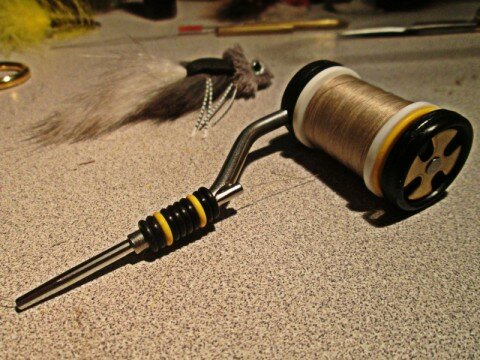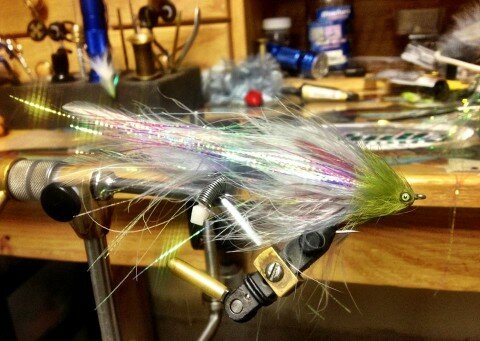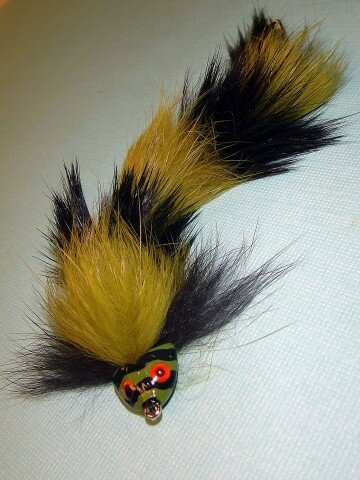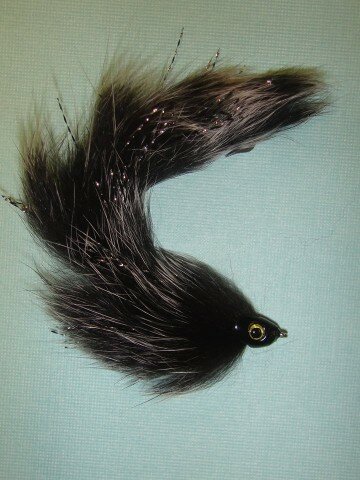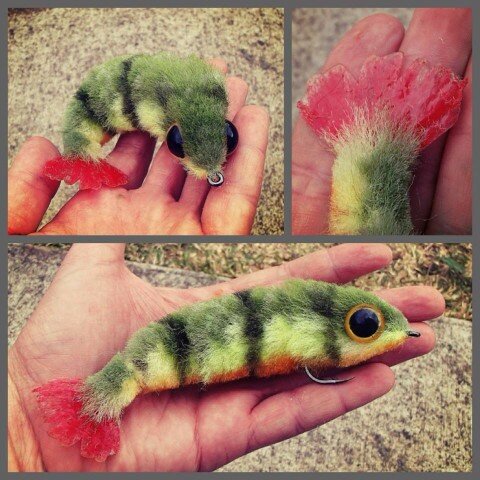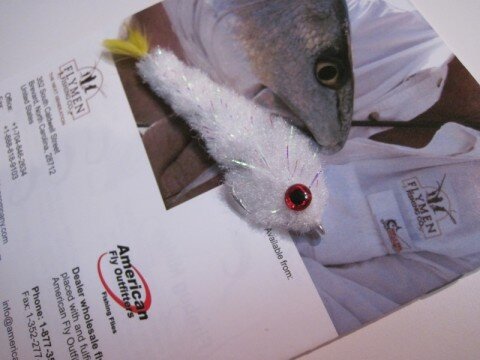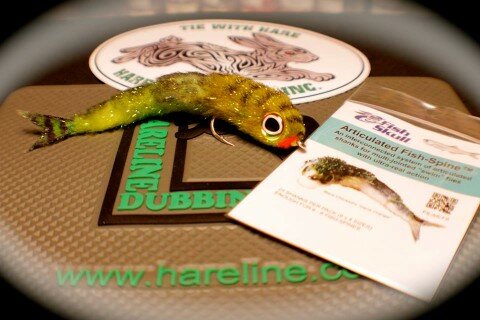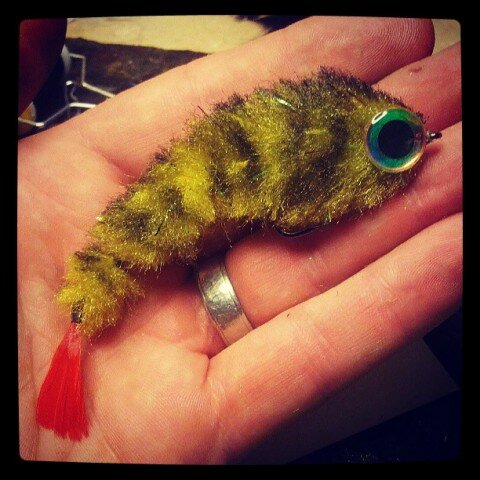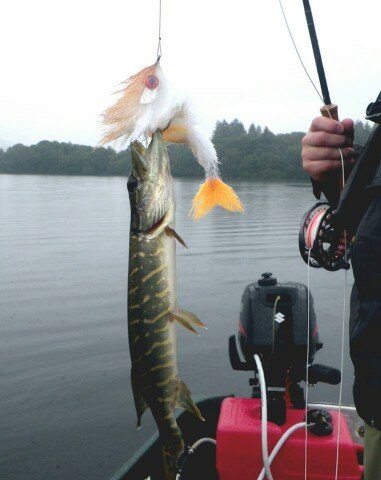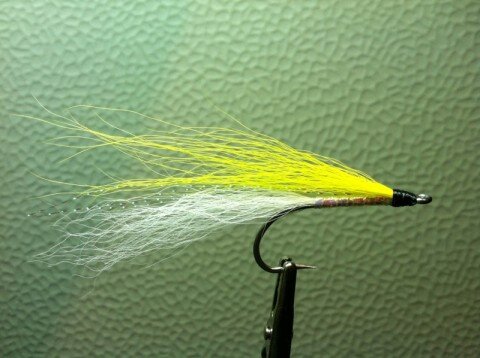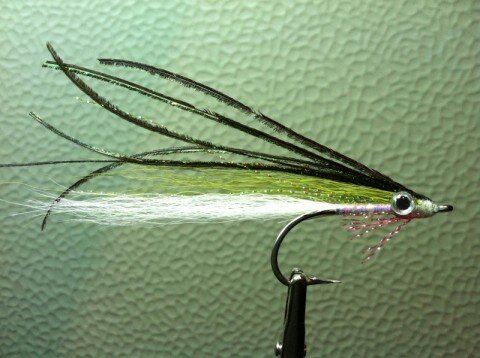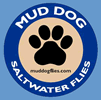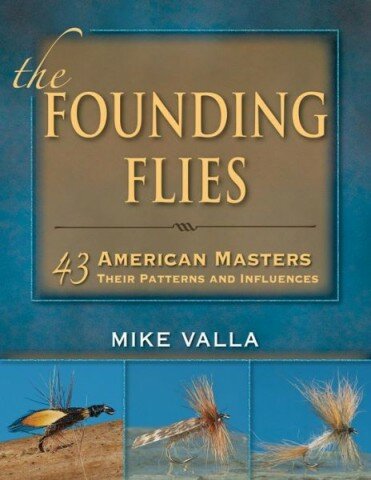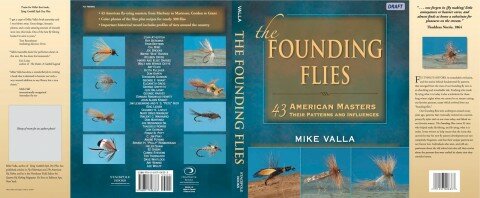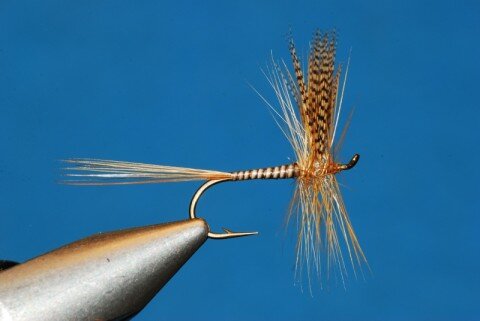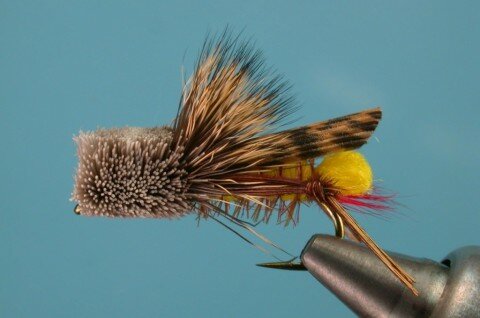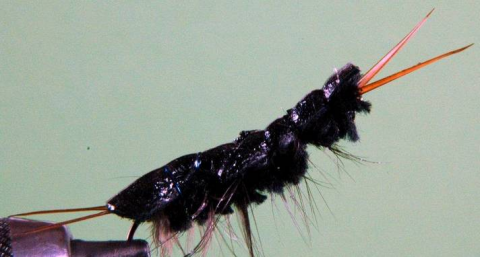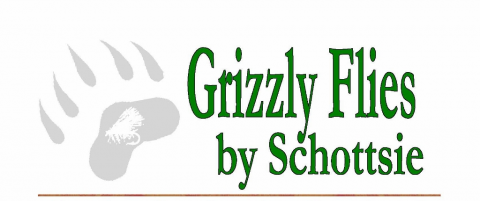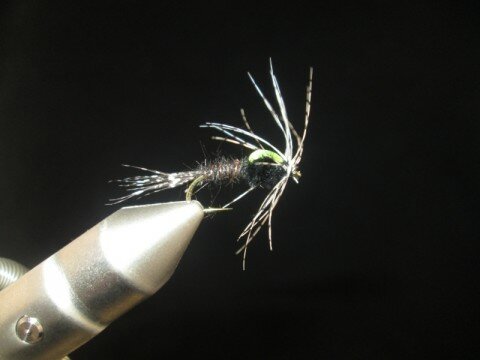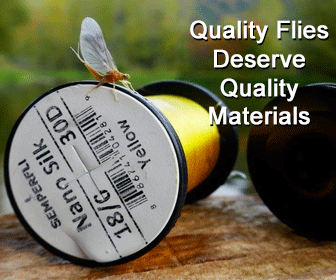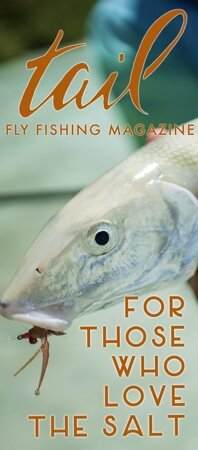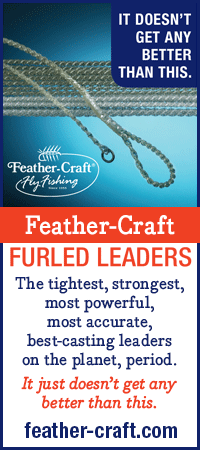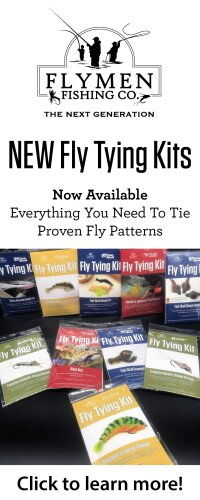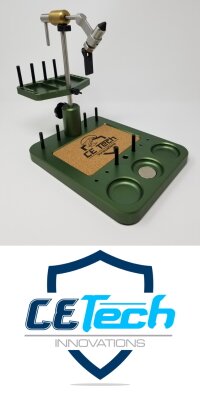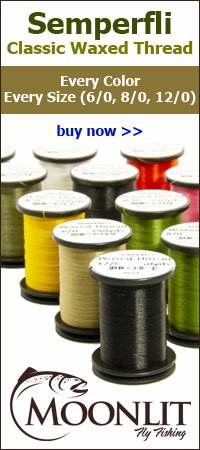Bill Merg, a German born and educated Manufacturing Engineer and master fly tyer conceived the Rite Bobbin in 1965. After spending several years perfecting the design, Bill with his wife Eva, began Merco Products in Sunnyvale, California in 1993.
Lyle Graff, a retired airline pilot, first met Bill Merg when he had an issue with one of his bobbins. In 2006 the Mergs retired, selling and assisting Lyle, the new owner of Merco Products. They have not altered the original concept created by Mr. Merg.
If you are a fly tyer, it doesn’t take long to notice Rite Bobbins. You might see the one arm design or the four leaf gold dial in other tyer’s hands or hanging from their vise. When people ask for a bobbin recommendation, a Rite is commonly suggested.
The main advantage Rite has over other bobbins is the adjustable tension that allows thread control. This is a spring drag system controlled by a dial on one side of the thread spool.
http://www.ritebobbin.com
All Rite Bobbins are manufactured in the United States. Merco manufactures five models including Standard, Shorty, MAG, Cermag and Half Hitch MAG. The Standard and the Shorty are identical except the Shorty is well…shorter. The Shorty is made for smaller flies and smaller hands, but you may even want to use one if you happen to like shorter bobbins. Both are ceramic bobbins created with the strongest ceramic available. Rite uses zirconia to make their ceramic tubes for their bobbins. I’m sure you have heard of zirconia, it’s what they make fake diamonds from. The type you would rather buy for that special someone, because it’s much cheaper, but the ladies would despise you for it! Anyway, it happens to be the material that makes ceramic extremely strong. You can use wire bobbin threaders in these particular ceramic tubes without worry.
The Cermag has a longer reach with an extended ceramic insert. It has a high pressure click drag system and heavy duty thread tension. If you’re looking for a ceramic bobbin to spin deer hair for example, this one is recommended.
If you need a stronger bobbin, you can go with the next model, which is the MAG Bobbin. Originally designed for saltwater fly tying, the tube is made of stainless steel. The thread tube is also larger in diameter and is a good choice to use with yarn.
Besides the four basic models, Rite has added their latest creation. I have fallen in love with this bobbin. It’s the Half Hitch MAG Bobbin. This essentially is the MAG Bobbin with a couple of other features that puts the icing on the cake. It has the strong stainless steel tube like the MAG, but the barrel is tapered to allow thread to slide off the barrel to help you tie half hitch and whip finish knots. After the legendary Joe Humphries visited Lyle and showed him the technique of using the barrel of a bobbin to tie these two knots, the design of the tapered barrel came to life. In the following video, Lyle demonstrates this technique.
Another feature of the Half Hitch MAG are the colored o-rings. These rubber rings act as a thread keeper when the bobbin is not in use. They act as a functional grip for the tyer as well. I have used both of these features myself. One other thing about the o-rings are the colors. If you have multiple bobbins you can use the colors to easily tell them apart.
I have used the Half Hitch MAG and the Standard and really like both models. I like them so much that I will not be going back to using my other bobbins. As I already stated, the Half Hitch MAG is definitely my favorite. The other thing I like about Rite Bobbins is the diameter of the barrel. I can usually thread the bobbin without using a threader. You can place the thread enough inside the barrel to suck it up through to thread the bobbin. This works especially well with the stainless steel tube. I didn’t think the tension control would be a big advantage, but I enjoy using it and found that it’s a huge advantage since I don’t have to worry about how tight a two-armed bobbin holds onto the thread spool.
The only downside to Rite Bobbins I found was the cost. The price is higher than other bobbins, but after using them for myself, I believe they are well worth the extra price. They provide added features and Merco guarantees them for life. Here’s what owner Lyle Graff says about the pricing of his bobbins.
“The bobbin is the fly tyer’s most important tool and in hand far more than any other tool. That is where a great tool will become a pure joy and pay for itself many times. Our goal is that they become heirlooms for the tyer’s grandchildren, cheap at $22.00-$32.00 bucks.”
To follow-up my review, I think you will find this video from Tightline Productions helpful. By viewing it, you can get a better view of some of the items I was explaining. I hope you enjoyed the review and thank you for reading FrankenFly!

